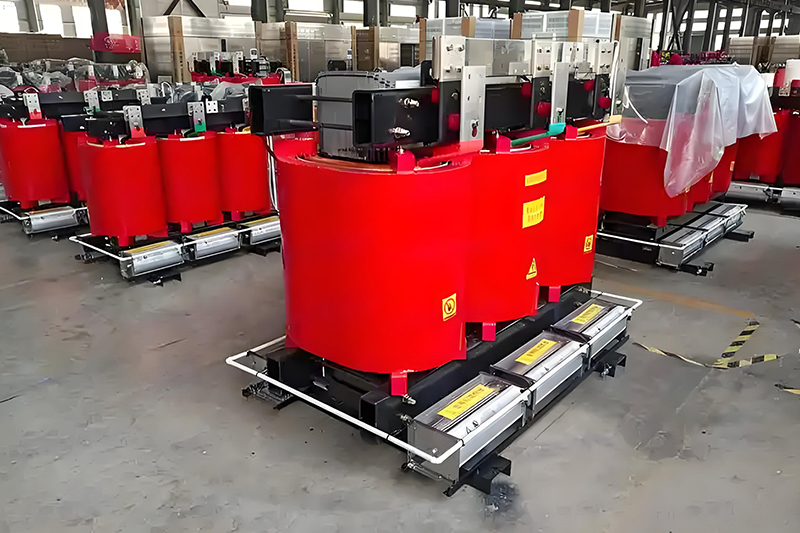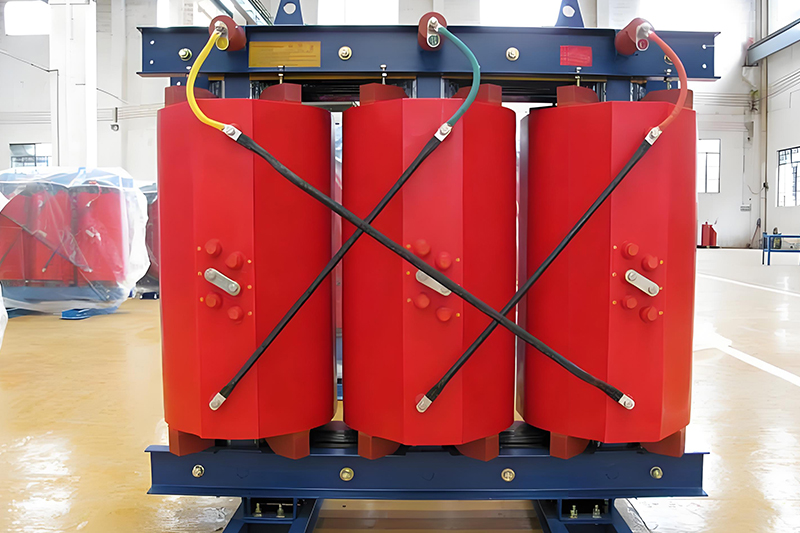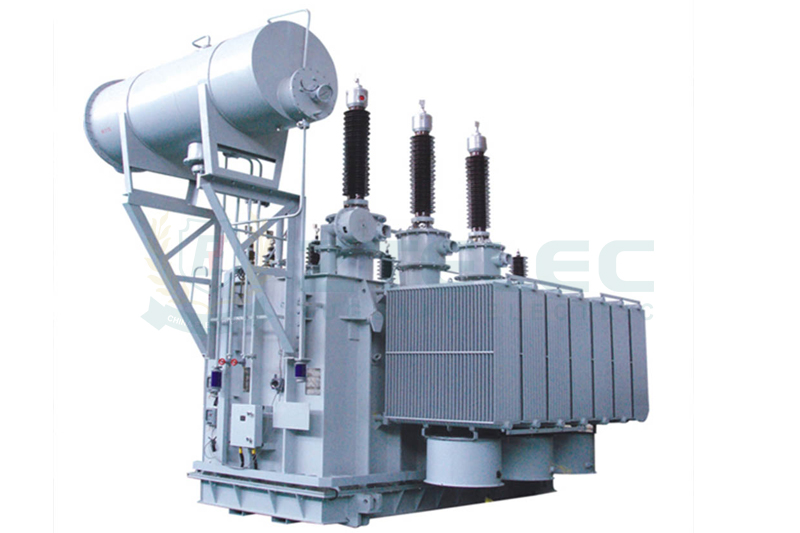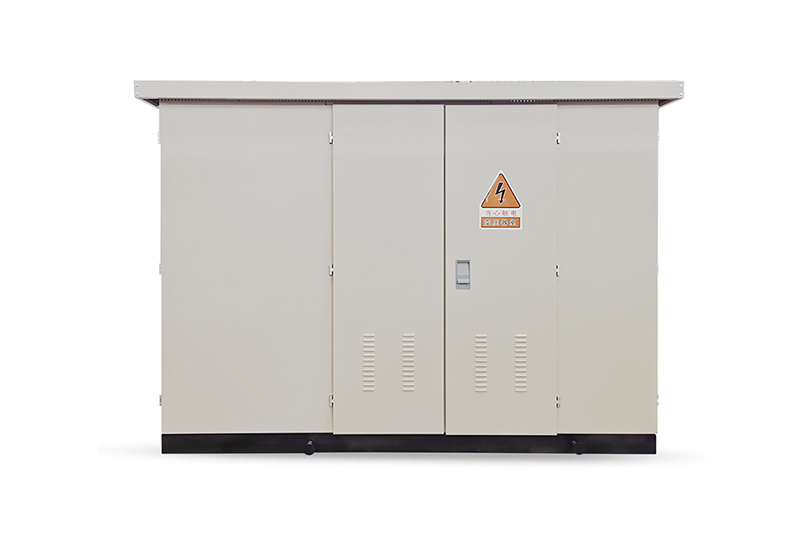How Much Does a Dry-Type Transformer Cost? Price Structure and Market Trends
Time:2025-06-21 Auther:ZTelec-www.ztelectransformer.com
Dry-type transformers are essential components in modern power transmission and distribution systems. From laboratory power supplies to large-scale industrial infrastructure, they are widely used for their safety, environmental benefits, and ease of maintenance. But one common question remains: How much does a dry-type transformer cost? This article provides a comprehensive breakdown of pricing structures, core influencing factors, market dynamics, and practical purchasing advice.

Dry-Type Transformer Price Range (Reference Only)
Dry-type transformer prices vary significantly based on capacity, configuration, and application. For general reference, they are categorized into three typical sizes:
1. Small Transformers (≤50 kVA)
Price range: ¥5,000 – ¥20,000. Commonly used for small equipment, laboratory instruments, and localized commercial power loads with low demand.
2. Medium Transformers (50 – 500 kVA)
Price range: ¥20,000 – ¥100,000. Suitable for production workshops, residential complexes, and shopping centers that require stable medium-capacity power supply.
3. Large Transformers (≥500 kVA)
Starting from ¥100,000 and can exceed ¥500,000. Mainly applied in high-power facilities such as industrial plants, data centers, and renewable energy stations.
Core Factors Influencing Dry-Type Transformer Pricing
1. Capacity (kVA)
Transformer cost increases with capacity, but not linearly. While larger transformers have higher total costs, their cost per unit kVA is often lower, making them more economical at scale.
2. Voltage Level
Low-voltage transformers (e.g., 400V) are more affordable due to simpler insulation requirements. High-voltage options (e.g., 10kV or 35kV) demand advanced insulation and structural design, increasing their price significantly.
3. Material Quality
Winding materials: Copper windings cost 20–30% more than aluminum but offer better conductivity, lower loss, and greater durability.
Core materials: High-grade silicon steel (e.g., imported Nippon Steel) can cost 15–25% more, enhancing performance and efficiency.
Insulation materials: High-temperature H-class insulation costs about 10–20% more than lower-grade B-class, but it improves reliability in harsh conditions.
4. Brand and Technology
Brand impact: Imported brands like Siemens or ABB are 30–50% more expensive than top domestic brands (e.g., TBEA, CHINT), due to advanced R&D, process control, and global support.
Technology type: Amorphous alloy transformers offer superior energy savings but are 40–60% more expensive than standard silicon steel models.
5. Additional Configurations
Features like IP-rated protective enclosures, temperature control systems, and remote monitoring modules can add 5–15% to the overall price. These options enhance performance and reliability but also increase cost.
6. Market Fluctuations
Material market trends, especially copper pricing, significantly impact transformer costs. For instance, a 10% rise in copper prices can increase transformer production cost by approximately 5%.
Current Dry-Type Transformer Market Overview
1. Key Market Price Drivers
Rising raw materials: Increases in copper and silicon steel prices continue to push manufacturing costs upward.
Energy efficiency standards: As governments push for higher efficiency (e.g., SCB18 models with Level 1 efficiency), manufacturers face increased technical demands, resulting in a 10–15% price premium.
Smart features: The growing adoption of intelligent monitoring modules adds to product pricing but improves lifecycle performance.
Environmental regulations: Stricter green production standards require eco-friendly processes, which add to the total cost.
2. Price Variations by Transformer Type
Amorphous alloy dry-type transformers: 30–50% more expensive due to superior energy-saving capabilities. Ideal for long-term energy efficiency.
Aluminum winding transformers: Typically 20–30% cheaper than copper options but result in higher energy loss over time. Buyers must weigh short-term savings against long-term operational cost.
Dry-Type Transformer Procurement Guide
1. Define Your Requirements Clearly
Before purchasing, specify all necessary parameters: capacity, voltage level, insulation grade, environmental protection level, and energy efficiency rating. For general use, Level 2 efficiency products are cost-effective; Level 1 is recommended for high-load or continuous operation environments.
2. Compare Suppliers
Domestic brands: Brands like TBEA, XD offer excellent cost-effectiveness and reliable service—ideal for budget-sensitive buyers.
International brands: Siemens, Schneider, and ABB deliver superior product reliability and are suitable for critical infrastructure projects with larger budgets.
3. Optimize Total Cost
Bulk purchasing: Orders in volume can often yield a 5–10% discount through supplier negotiation.
Lifecycle cost evaluation: Don’t just focus on initial purchase price—consider energy efficiency, maintenance frequency, and expected service life to determine true long-term value.
Important Considerations
1. Product Certifications
Ensure the transformer is certified by authorities like CQC, ISO, CE, or UL. This guarantees safety and quality compliance and helps avoid risks associated with substandard products.
2. After-Sales Service
Check the warranty period—typically 2 to 5 years—and confirm after-sales responsibilities. A responsive service team is crucial for minimizing downtime and ensuring long-term reliability.
3. Delivery Lead Time
Standard models usually require 1–2 months for delivery. Customized models may take over 3 months due to engineering complexity. Plan procurement timelines accordingly to avoid project delays.
The cost of a dry-type transformer is influenced by a combination of technical specifications, material choices, brand reputation, and market trends. Understanding these elements allows buyers to make smarter, more strategic procurement decisions. Whether you’re purchasing for a factory, commercial complex, or data center, evaluating the total cost-performance ratio—not just the price tag—will ensure better long-term returns.





